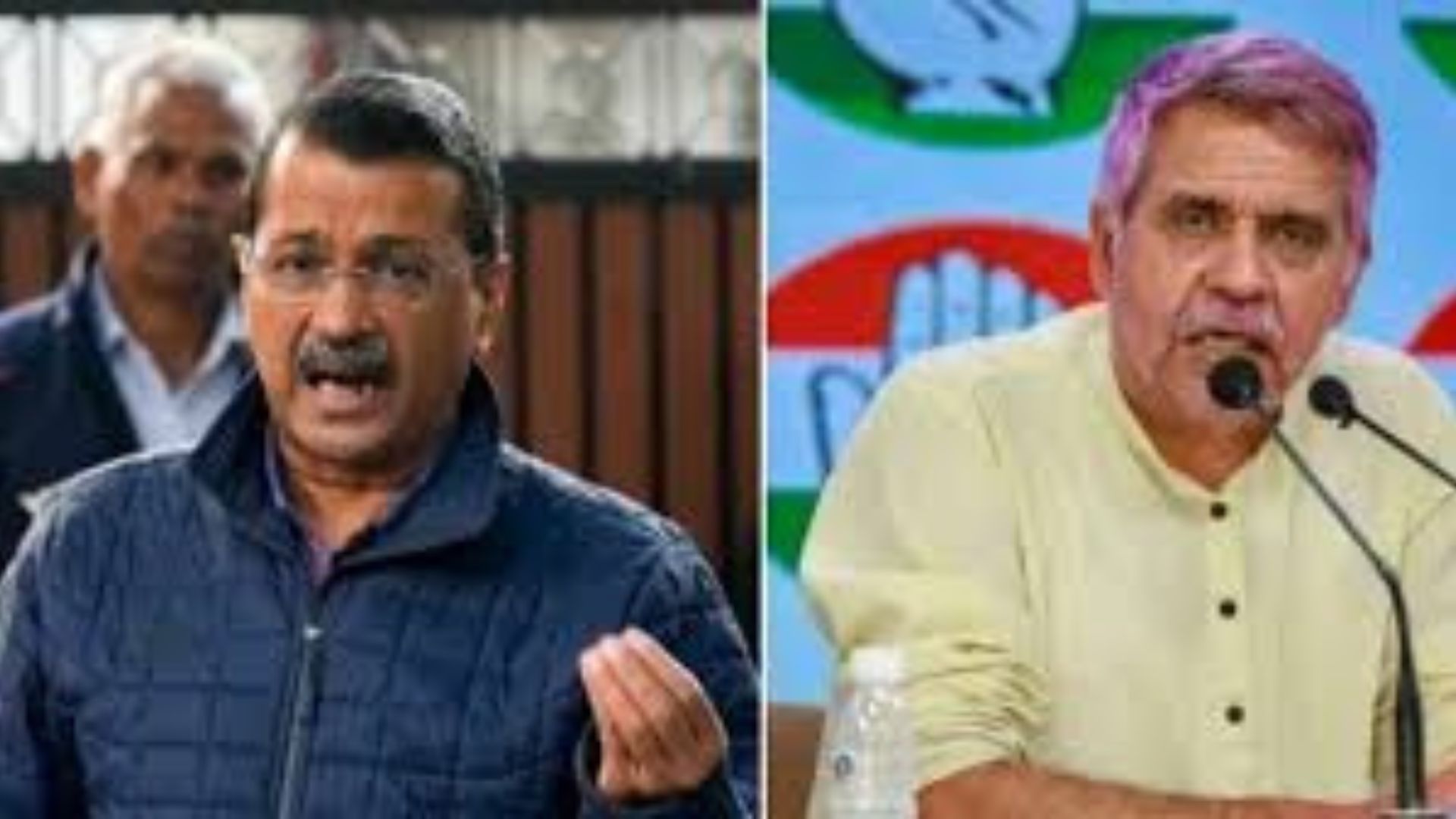Black’s Law dictionary defines custody as the “care and keeping of anything”. Implicit in this common law definition is a duty to care. The “corpus” of a person, when in confinement of the state, through a lawful process, is the sole responsibility of the state.
The recent deaths in custody of a father and son in Tamil Nadu have sparked off a national debate on the subject. This indeed is a time for introspection and analysis; it is time we resolve as a nation that no individual dies in police custody from now on, and we take all measures necessary to prevent such an abomination.
Before we embark upon an analysis of the legal response and inherent provisions of law which are supposed to be followed in letter and spirit regarding persons in custody, so that no harm ensues, it is important to take stock of the situation nationally.
As per the National Crime Records Bureau, a total of 70 people died in police custody in the year 2018, a break-up of reasons is as below: Death due to illness/death in hospitals during treatment 32; suicide 17; injuries sustained prior to police custody 7; injuries sustained during the police custody due to physical assault by police 3; while escaping from custody 7; road accidents/journey connected with investigation 1; others 3.
Thus 45.71 % deaths were due to medical reasons, 24.28% were suicides, while 4.28% deaths can be directly attributed to injuries sustained during the police custody due to physical assault by police. Each of these causes needs to be addressed and corrected to ensure that no individual dies within the care of the state, even if he/ she is accused of a heinous crime.
The number of people arrested every year in India is in multiple of millions, with prisons strained beyond their capacity to house more accused and convicted individuals. A majority of “custodial deaths” that happen are actually in the prisons, rather than police lockups. This number is up to ten times larger than the police custody instances.
Major causes of death in police custody seem to be emerging from medical complications and suicides. After the D.K. Basu case guidelines, states have implemented stringent norms about compulsory medical checkup of the accused which are diligently followed. However the arrested accused have to be physically taken to the medical facilities, resulting in precious time being lost in transit.
Similarly, suicide monitoring is a specialised task where behavioural and physical cues have to be observed on a continuous basis keeping in mind the personal history and circumstances surrounding the individual case. Many state police forces have implemented CCTV monitoring of the lockup areas with a view to prevent custodial torture and suicides.
Recent amendments in CRPC, CrPC (Amendment) Act, 2008 (5 of 2009), Section 5(i), for clauses (a) and (b) have changed the definition of cognizable offenses (where police may arrest without a warrant) to mean an “offence punishable with imprisonment for a term which may extend to seven years”; this used to be three years before the amendment. This has reduced the number of arrests in IPC and other cases, reducing the load on the criminal justice infrastructure. Similar amendments requiring compulsory issue of appearance notice even if arrest is required has brought much needed sanity and transparency in investigation work. In Sheela Barse v. State of Maharashtra [(1983) 2 SCC 1996], the court has given directions to ensure protection against torture and maltreatment of women in police lock up. In D.K. Basu v. State of W.B. [(1997) 1 SCC 416], after perusing several reports on custodial violence, the Supreme Court held, “Custodial violence including torture and death in lock ups strikes a blow at the rule of law which demands that the powers of executive should not only be derived from law but also that the same should be limited by law.” The court issued various guidelines. Most of the guidelines have been incorporated in the amendments to the code.
There is one other aspect that needs consideration — the fact that the police in India have to perform a difficult and delicate task, particularly in view of any law and order situation, communal riots, political turmoil, student unrest, terrorist activities, and among others the increasing number of underworld and armed gangs and criminals.
Surprisingly, there are rising cases which also reflect a newly expressed concern about avoiding any encouragement of false cases. A disturbing trend of increase in cases where false accusations of custodial torture are made, trying to take advantage of the serious concern shown — and the stern attitude reflected — by the courts while dealing with custodial violence. It needs to be carefully examined whether the allegations of custodial violence are genuine or sham attempts to gain undeserved benefit masquerading as victims of custodial violence. The police face a plethora of challenges and the most common among them is the inability to repeatedly interrogate an accused to verify the veracity of the statements while working on an investigation. The accused being the key figure in an investigation knowing all the attendant circumstances, and at times thorough and sustained interrogation of the accused is required/essential to find out relevant details about the crime. Custodial interrogation facilitates the police in confronting the witnesses and the accused, and obtains leads for corroboration from them. Police custody and interrogation, therefore, must be allowed in the interest of justice to the police.
Custodial deaths are a blot on the legitimacy of the criminal justice system; immediate steps should be taken to entirely eliminate this menace. Wide-ranging and significant changes need to be incorporated in police and judicial procedure to ensure harm reduction for persons coming in contact with the law enforcement apparatus. These range from better training to police personnel, use of scientific methods and technology in police investigation, changes in archaic laws and procedures, administrative measures to fix accountability for any transgressions, better supervision of investigations by the hierarchy, better appreciation of evidence by courts during trial, speaking orders with justification while granting bail, 24×7 medical facilities to arrestees, CCTV monitoring of police lockups to bring transparency and accountability in the difficult task of upholding the rights of the victim and collecting evidence for trial.
While society contemplates these reforms, it is imperative that the erosion of legitimacy caused by instances of custodial death and torture be addressed immediately.
In the words of Albert Einstein: “Every kind of peaceful cooperation among men is primarily based on mutual trust and only secondarily on institutions such as courts of justice and police.”
Brijesh Singh is Inspector General of Police, Maharashtra, and Khushbu Jain is a practising advocate in the Supreme Court.







